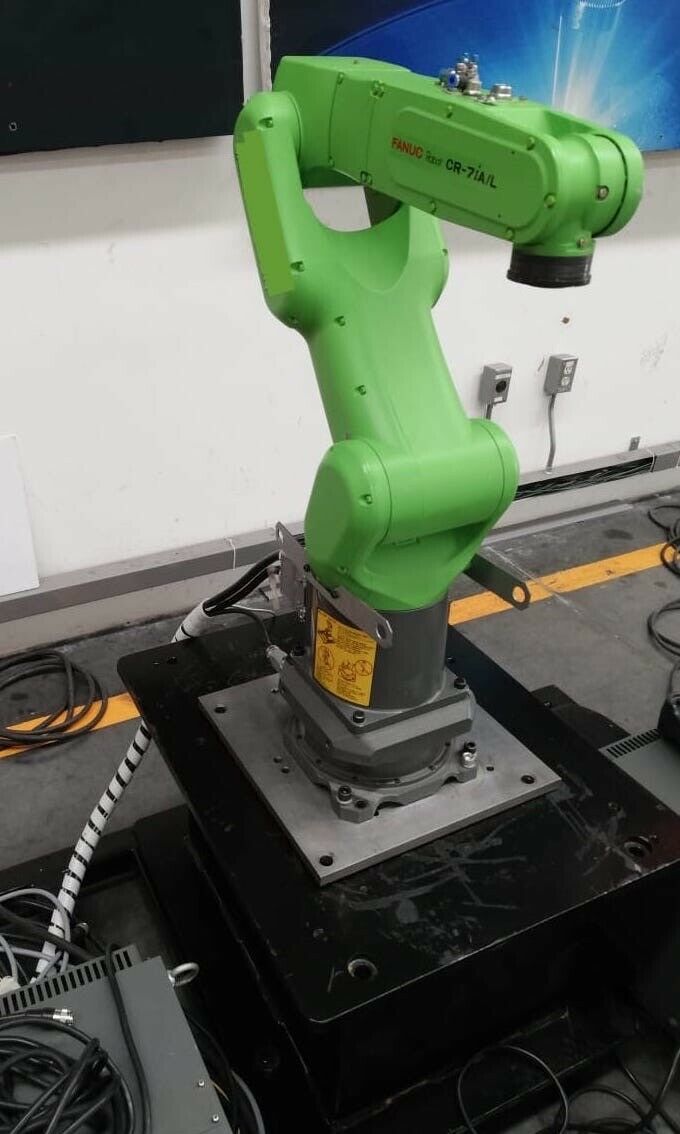Cobots, also known as collaborative robots, were first introduced to the robotic industry nearly twenty years ago. In recent years the use of collaborative robots has seen rapid growth as more companies and industries look to adopt robotic automation. Cobots tend to be more user-friendly than other industrial robot types making them popular with first time industrial robotic arm users as well as small to medium-size companies. The growth of cobots is not expected to slow down as market forecasters continue to predict their use to grow every year through 2028.
How are Cobots Different from Other Industrial Robots?
Cobots standout from other industrial robot types due to their ability to work collaboratively with humans. Unlike other robot manipulators, cobots do not need to be closed off from workers while operating. Their barrier-free operation is made possible with their numerous safety features which include stop monitoring, force sensors, hand guidance, rounded exterior, compact size, and elimination of pinch points. The Universal UR10 can operate directly alongside humans with minimal safety risk. When cobots sense a object or person within their robotic work envelope they can slow their operation or immediately stop. The same goes for if they sense unusual force. Force and speed limitations prevent injuries or damage from occurring.Collaborative robots are also easier to operate than other robotic manipulators with their hand guidance feature. Hand guidance programming allows the Universal UR5 to be programmed by manually moving its arm through the steps of an application. This allows for quick programming for minimal downtime and fast changeovers. Companies with low production volumes and a high mix of parts benefit from the quick changeover times of collaborative factory robots.
What are the Cobot Types?
There are four main types of cobots. These are power and force limiting, safety monitored stop, speed and separation, and hand guiding. Power and force limiting are the most common types of collaborative robot. The majority of collaborative robots in the industrial robot market fall under this category.What Applications can Cobots Automate?
When cobots first became available they were mainly used for material handling automation. Today, material handling is still the most popular application for cobots. The FANUC CR-15ia can assist workers with repetitive tasks such as lifting or retrieving parts, freeing workers for more value-based roles. Robotic assembly and pick and place are two other applications that are common for cobots. Advancements in robotic technology has expanded the use of cobots. They are now being used to automate welding, inspection, sorting, and finishing applications.What Industries are Automating with Cobots?
As the types of applications that cobots can automate expand so do the types of industries adopting collaborative robot automation. The largest user of cobots is the electronics industry. The small size of cobots make them ideal for handling many of the intricate and delicate components used to manufacture electronic devices. The automotive industry is the second largest user of cobots. While we are accustomed to seeing traditional robots like the FANUC M-900ia/260L building vehicles, the industry is adopting cobots to help supplement manual labor. Other industries using cobots include food and beverage, semiconductor, pharmaceutical, logistics, and plastics.Robots Done Right is the place to start when it comes to second-hand articulated robots. Contact us if you are interested in buying or selling your used robot.
